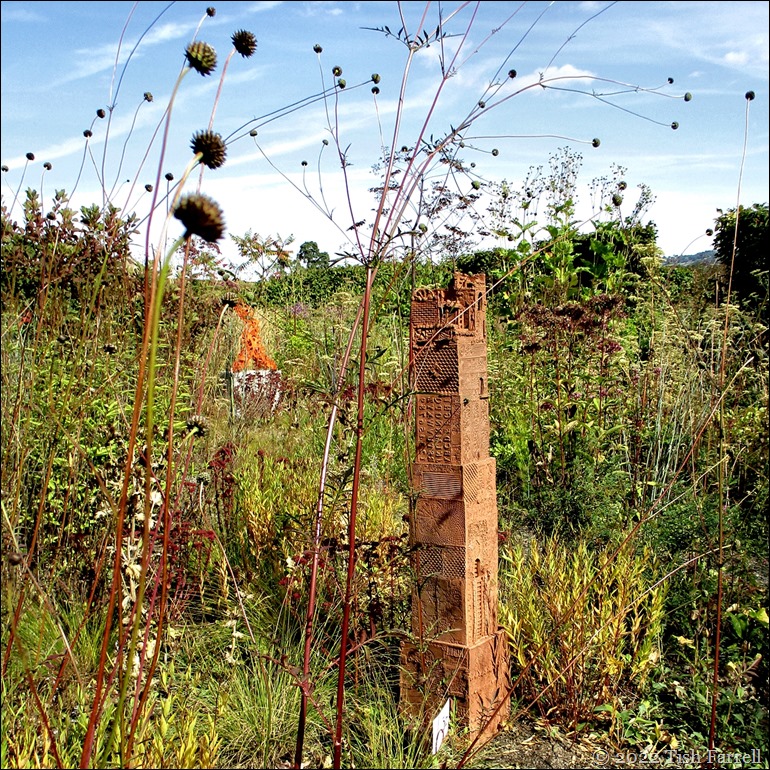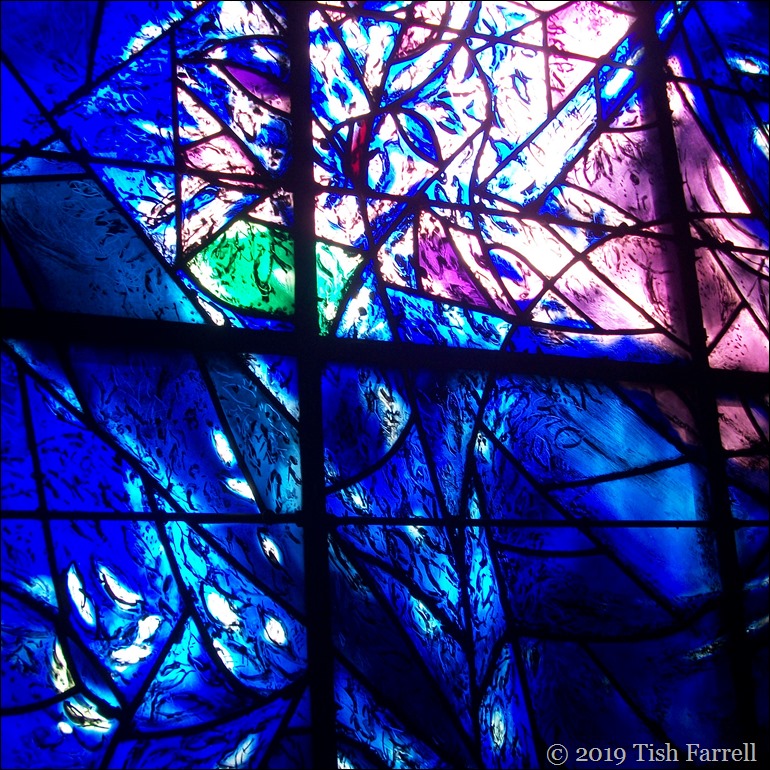Well, it is surprising, isn’t it – to find this Elvis artwork at the head of the grand staircase at Chatsworth House, Chatsworth being one of England’s most prestigious stately homes and the country seat of the Dukes of Devonshire.
Here’s more of the art work. It is pretty surreal, however it comes: whether in the original technicolour or in monochrome. (I’m afraid I omitted to make a note of its creator). But now I discover that the likely reason for its presence is that the late Dowager Duchess of Devonshire, otherwise known as Debo to her friends, was a huge Elvis Presley fan and had a fondly kept signed photo of him on her wall.
Also when the Duchess died in 2014 at the age of 94, he was to play a big part in her simple funeral service, held in the Chatsworth estate church. She had chosen his recording of ‘How Great Thou Art’ to play her out as she was borne aloft in her woven wicker coffin stranded with ivy and autumnal hawthorn berry sprays. A surprising soundtrack perhaps in rural gentrified Derbyshire.
Debo was the last surviving Mitford sister, a notorious brood of five ‘gels’, several of whom, in pursuit of love, bolted from deemed acceptable aristocratic marriages in order (between them) to embrace the full spectrum of political persuasion. Jessica was a communist; Diana ran off with fascist Sir Oswald Mosley; Unity pursued Hitler; novelist Nancy was a socialist and left her husband for a protracted affair with a French statesman; Pamela left her husband to live with an Italian horsewoman, while Deborah, in true English gentry style, married a future duke and spent her life developing Chatsworth House as a premier visitor attraction, including the pioneering of heritage shopping and the marketing of local produce.
You can find her final accompaniment ‘How Great Thou Art’ on YouTube.

































